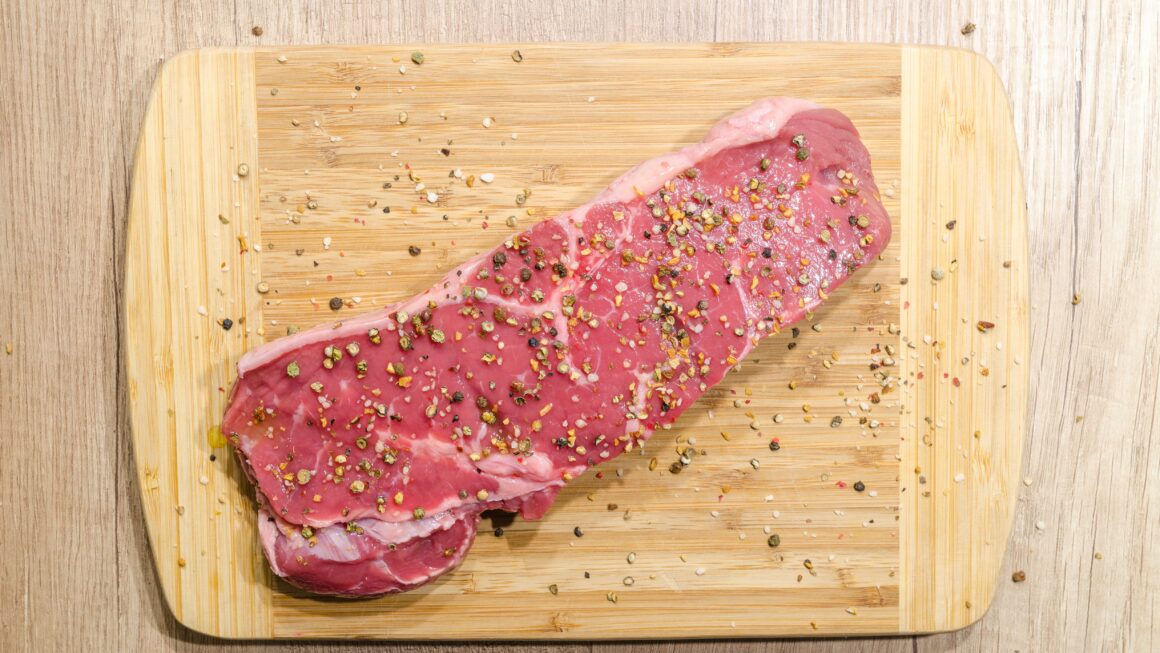photo by Lukas on Pexels
Food takes a journey before hitting your plate. Going from the shelves, to your cart, to your cupboard, it is important to take extra steps in preventing foodborne illnesses.
Learning how to properly prepare and store food, as well as know when to throw it away, will help keep you and your family safe. Use the tips and tricks throughout this article to become a meal prep pro, while keeping your food safe to eat.
Most raw foods will stay good in your refrigerator for up to 3-4 days. These foods include salads, chops, roasts, soups, stews, pizza, and cooked meat and poultry. Ground meat (hamburger, meatloaf), raw chicken, and raw turkey are best cooked or frozen within 1-2 days.
Here are a few tips to keep you safe from raw food:
- Wash any produce before use, as well as utensils, counters, and cooking tools
- Always keep raw meat and poultry away from other foods in your shopping cart, bag and fridge
- Never use left over marinade used on raw meat, unless brought to a boil
- Have a special cutting board only used for raw foods
Freezing food and meals can be a real timesaver. Before freezing, be sure to put a piece of tape with the date frozen on the container. Although chicken and turkey can be kept frozen for up to almost a year, ground meat, steaks, and chops only stay good for about 3-6 months. Even less, soups and stews with meat and vegetables are usually only good for up to 2 months.
Foods that do not freeze well: certain raw veggies (salad, cabbage, celery, watercress), plain cooked pasta, cooked egg whites, milk-based sauces, cheese or crumb toppings on a casserole, mayonnaise, salad dressing, and fried foods.
Before defrosting a meal, be sure to check the date! The safest way to defrost is to plan ahead and move the meat from the freezer to the fridge the night before cooking. A faster way to defrost is to put the food in an airtight plastic bag and submerge it in cold water for a couple hours until thawed. This method requires changing the water about every 30 minutes as the meat begins to thaw. Lastly, remember that it is okay to cook frozen meat! Cooking frozen meat will take about 50% longer than it would have, but it is still a safe way to cook.
Be sure to follow these temperature guidelines for cooking meat:
- Beef, pork, and lamb – 145 degrees
- Fish – 145 degrees
- Ground beef, pork, duck – 160 degrees
- Turkey, chicken, duck – 165 degrees
- Finally, be sure to put away cooked food within 2 hours.
Happy meal prepping!
References:
Amidor, T. MS, RD, CDN. (2017). The Health Meal Prep Cookbook. Emeryville, CA: Rockridge Press.
About the Author:
Talia Schwalb is the Wellness and Fitness Program Manager with BaySport at SRI in Menlo Park, CA. Talia fell in love with exercise at a young age and went on to receive her B.S. in Kinesiology from Cal Poly, SLO in 2016 and has been working in corporate wellness ever since. She is a certified personal trainer and loves staying active by lifting, doing HIIT, and hiking with her dog, Nala!





